| View previous topic :: View next topic |
| Author |
Message |
david916

Joined: 30 Apr 2021
Posts: 17
Location: Aylesbury



|
 Posted: May 07, 2021 06:44 Post subject: Re: Collection of David Carter Posted: May 07, 2021 06:44 Post subject: Re: Collection of David Carter |
|
|
An uninspiring matrix of white quartz from the Poldice Mine at St Day in Cornwall, England has been bought to life with a little magnification to reveal the somewhat inconspicuous disseminated green flakes of chlorite upon it.
| Mineral: | Chlorite Group/Quartz |
| Locality: | | Poldice Mine, St Day United Mines, Saint Day, Camborne - Redruth - Saint Day District, Cornwall, England / United Kingdom |  |
|
| Dimensions: | 28x21x15mm |
| Description: |
| Green flakes of chlorite on white quartz (the field of view is approximately 8mm). |
|
| Viewed: |
21043 Time(s) |
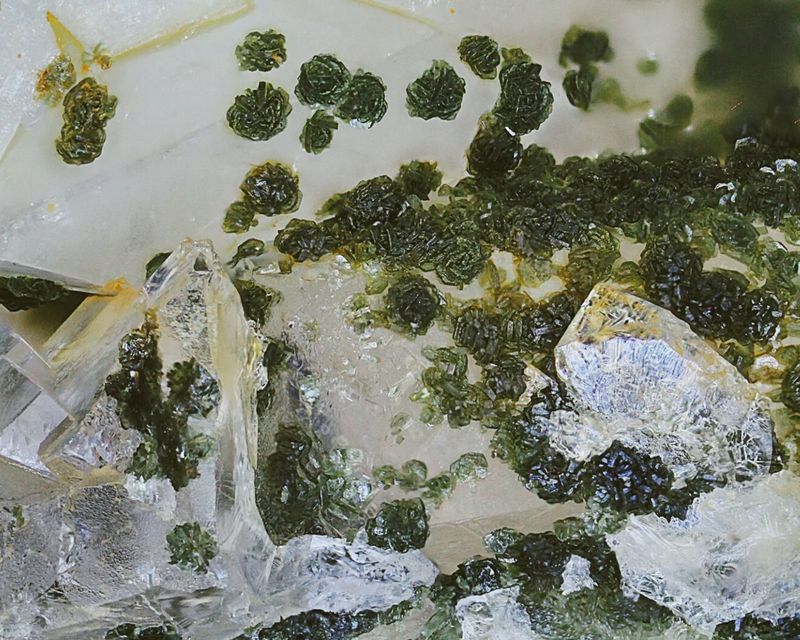
|
|
|
| Back to top |
|
 |
Jordi Fabre
Overall coordinator of the Forum

Joined: 07 Aug 2006
Posts: 5049
Location: Barcelona



|
 Posted: May 07, 2021 07:03 Post subject: Re: Collection of David Carter Posted: May 07, 2021 07:03 Post subject: Re: Collection of David Carter |
|
|
Please remember this David. Thanks!
|
|
| Back to top |
|
 |
david916

Joined: 30 Apr 2021
Posts: 17
Location: Aylesbury



|
 Posted: Jun 01, 2021 06:47 Post subject: Re: Collection of David Carter Posted: Jun 01, 2021 06:47 Post subject: Re: Collection of David Carter |
|
|
My radioactive minerals...
| Mineral: | Autunite and Fluorite (variety stink-fluss) |
| Locality: | | Marienschacht Mine, Wölsendorf, Schwarzach bei Nabburg, Wölsendorf West District, Upper Palatinate/Oberpfalz, Bavaria/Bayern, Germany |  |
|
| Dimensions: | 76x54x35mm |
| Description: |
Aggregates of yellow autunite and dark veinlets of violet ‘stink-fluss’ fluorite in altered granitic rock from the Marienschacht Mine. The uranium mineral autunite displays strong yellow-green fluorescence on the surface of this specimen (demonstrated in this photo under LW UV light).
[Regarding the fluorite and uranium mineralisation at the locality: "The main course mass is fluorite of light violet blue and green color, stinkspar is not found in the presence of gneiss (this is not to say that gneiss is always present in fluorspar of different colours). Note: Light purple or blue fluorspar is not known from the Kuppel Mine (or later from the Marienschacht Mine), it is purple fluorspar. Of the uranium minerals, autunite was only found whilst the western part of the gangue, which starts in granite, was being mined. This mineral was distributed over veins and cracks that ran through the reddish-coloured granite."
~ Drechsler, Dr. Franz, Hochschule München: "Zur Mineralführung und Chemie der Oberpfälzer Flußspatgänge". Die Befahrung des Reviers hat im Jahre 1923 stattgefunden; in "Sonderdruck aus dem 17. Bericht für das Jahr 1924 des Naturwissenschaflichen Vereins Regensburg E. V"., Seite 1 - 48, Regensburg 1925.] |
|
| Viewed: |
20363 Time(s) |

|
| Mineral: | Autunite |
| Locality: | | Vénachat Mine, Compreignac, Bellac, Haute-Vienne Department, Nouvelle-Aquitaine, France |  |
|
| Dimensions: | FOV 5mm |
| Description: |
A fairly rich dispersal of greenish-yellow autunite crystals (highly fluorescent under LW UV) on a granitic matrix with fragments of black uraninite from Vénachat.
[In 1976 the Compagnie générale des mines was created based on the uranium production activities of CEA, the French government’s Commissariat à l’énergie atomique (English: Atomic Energy Commission). Later it was renamed Compagnie générale des matières nucléaire (COGEMA). In 2001 it became Areva after merging with other companies and in 2006 the subsidiary’s name was changed to Areva NC. In 2018 it changed its name to Orano Cycle to reflect the restructuring of Areva. Orano is an industrial group active in all stages of the uranium fuel cycle, including uranium mining, conversion, enrichment, spent fuel reprocessing, and recycling. The Vénachat mining site is located in the commune of Compreignac (about 4km NE of the village) in Nouvelle-Aquitaine region. It operated between 1959 and 1992 and was shut down due to the depletion of its uranium deposit. COGEMA operated the site for underground mining and as an open pit water mine. Vénachat was exploited by underground mining works between 1959 and 1962, then by surface mines and underground mining works between 1981 and 1992. The upwelling in mining works resulted in the establishment of a water body in the opencast mine in 1994, the gravity overflow of which was initially treated, then (since December 1999) it was discharged directly into the Ritord watershed at low flow. The water treatment station at this former mining site is kept operational, but it is no longer actually in operation. Although a formal declaration of completion of mining was recorded on 10th August 2001 Vénachat still remains a regulated and restricted site.] |
|
| Viewed: |
20382 Time(s) |
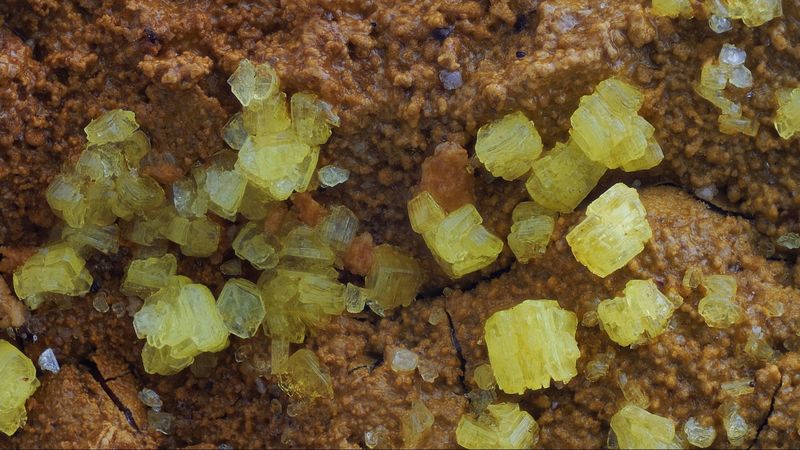
|
| Mineral: | Torbernite |
| Locality: | | Chaméane Uranium Deposit, Le Vernet-Chaméane, Issoire District, Puy-de-Dôme Department, Auvergne-Rhône-Alpes, France |  |
|
| Dimensions: | FOV 1mm |
| Description: |
Tabular green torbernite crystals arranged aesthetically at the edge of a cavity on an amethystine smoky quartz matrix from the Chaméane Uranium Deposit.
[The deposit at Chaméane was only mined for uranium for a short period of time and most traces of former workings at the locality have all but disappeared today. Chaméane became particularly notable when three new selenides (chaméanite, geffroyite, giraudite) were discovered there. The uranium mineralisation occurs in altered granite with uraninite (formerly called pitchblende) as the main mineral. Near Chaméane, the subsoil was exploited between 1964 and 1965 for uranium. This operation, carried out in underground mining works, provided 230 tons of ore with a grade equal to 1.33%, which represents approximately 300 kg of uranium. This ephemeral uranium deposit was part of the C.E.A. (Commissariat a l’Energie Atomique) geological survey of the Forez Tertiary plain (in the French ‘Massif Central’) which delivered 7,000 tons of uranium. The ore was essentially made up of uraninite and gummite (a yellow amorphous mixture of uranium minerals, oxides, silicates, and hydrates of uranium, derived from alteration of uraninite). The Chaméane deposit also delivered some amethyst, although specimens are better known from the neighbouring former commune of Vernet-la-Varenne where artisanal mining of this purple variety of quartz used to be quite active.] |
|
| Viewed: |
20390 Time(s) |
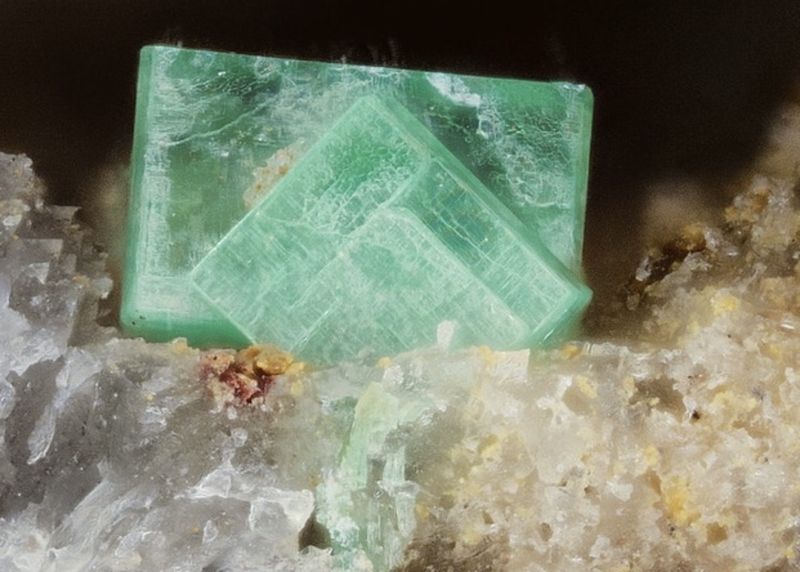
|
| Mineral: | Davidite-(Ce) |
| Locality: | | Iveland, Aust-Agder, Norway |  |
|
| Dimensions: | 52x33x25mm |
| Description: |
Rare-earth oxide Davidite-(Ce) from Iveland, Aust-Agder, Norway. Old label accompanying the specimen gives a slightly erroneous location of‘ ‘Rossas, Iveland area, S. Norway’.
[The Evje and Iveland area is famous for its pegmatite minerals. In old references and on old labels, this area has also been referred to as Setesdalen (Setesdal), which is the valley along the river Otra. Evje & Hornes and Iveland municipalities are the two southernmost municipalities (of a total of 5) in this valley. The pegmatites are enriched with REE (rare-earth elements).] |
|
| Viewed: |
20368 Time(s) |
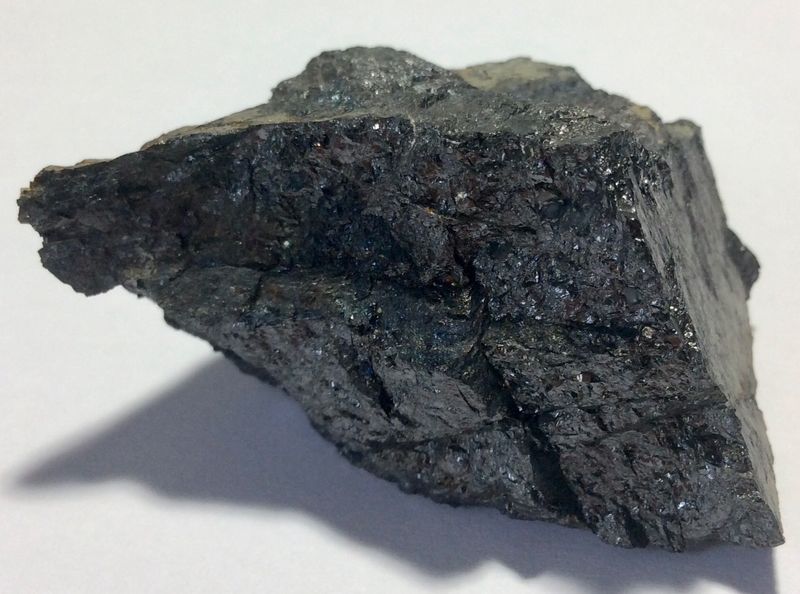
|
|
|
| Back to top |
|
 |
david916

Joined: 30 Apr 2021
Posts: 17
Location: Aylesbury



|
 Posted: Jul 14, 2021 07:13 Post subject: Re: Collection of David Carter Posted: Jul 14, 2021 07:13 Post subject: Re: Collection of David Carter |
|
|
A nice representative example of type locality ilvaite…
| Mineral: | Ilvaite |
| Locality: | | Rio Marina, Elba Island, Livorno Province, Tuscany, Italy |  |
|
| Dimensions: | 34x21x11mm |
| Description: |
| Semi lustrous terminated prismatic crystals to 10mm in height consisting of a basic silicate of iron and calcium from Rio Marina on the northeast coast of Elba, an island in the Tyrrhenian Sea. Ilvaite from Rio Marina is relatively abundant, characteristic and easy to find. The name of the mineral is derived from ‘Ilva’, the Latin name for Elba. |
|
| Viewed: |
19480 Time(s) |
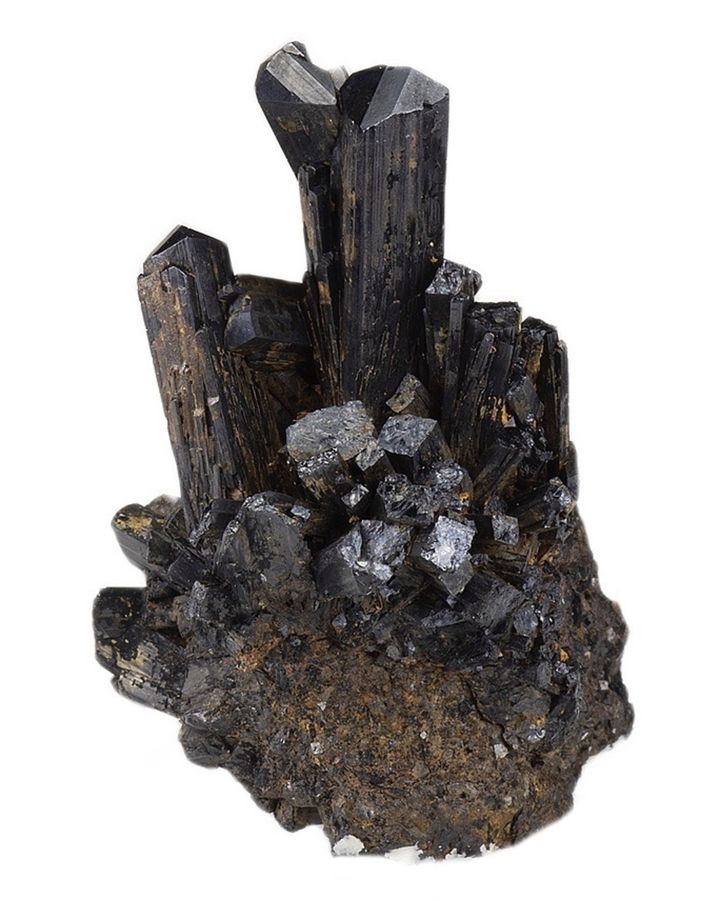
|
|
|
| Back to top |
|
 |
david916

Joined: 30 Apr 2021
Posts: 17
Location: Aylesbury



|
 Posted: Sep 22, 2021 08:22 Post subject: Re: Collection of David Carter Posted: Sep 22, 2021 08:22 Post subject: Re: Collection of David Carter |
|
|
A grouping of terminated, somewhat altered, ilvaite crystals which show idiomorphic granular morphology after being partially replaced by iron-manganese oxides/hydroxides.
| Mineral: | Ilvaite |
| Locality: | | Mega Horio, Serifos Island, Cyclade Islands, Kykládes Prefecture, Aegean Islands Department (Aiyaíon), Greece |  |
|
| Dimensions: | 53x15x15 |
| Description: |
| Located on the southwestern part of Serifos Island, Megalo Livadi was founded because of the bauxite mines located nearby. When the mining industry was at its highest peak, around 1880 and 1890, Megalo Livadi was born. However, before reaching this picturesque coastal village you will travel through Mega Horio further up in the hills. Locally known as Megalo Chorio, or Mia Chorio, this was Serifos' ancient capital. Today, Megalo Chorio is an almost uninhabited village. Megalo means ‘big’ in Greek and Chorio means ‘village’. Thus, Megalo Chorio was ‘the Big Village’. It was the largest settlement of the miners’ era. Between 1880 and 1912, Megalo Chorio was at its zenith with many residences, churches, schools, grocery stores, tailor shops, shoe shops and two hospitals. The remains of one of the hospital buildings has survived to this day, but the other one has collapsed, dragged down by the landslip of a mine gallery. Shortly after the closure of the mine, Megalo Chorio was gradually abandoned. Today it is almost deserted and what you will find there is mainly ruins, as well as the entrances to some old mine galleries. |
|
| Viewed: |
18611 Time(s) |
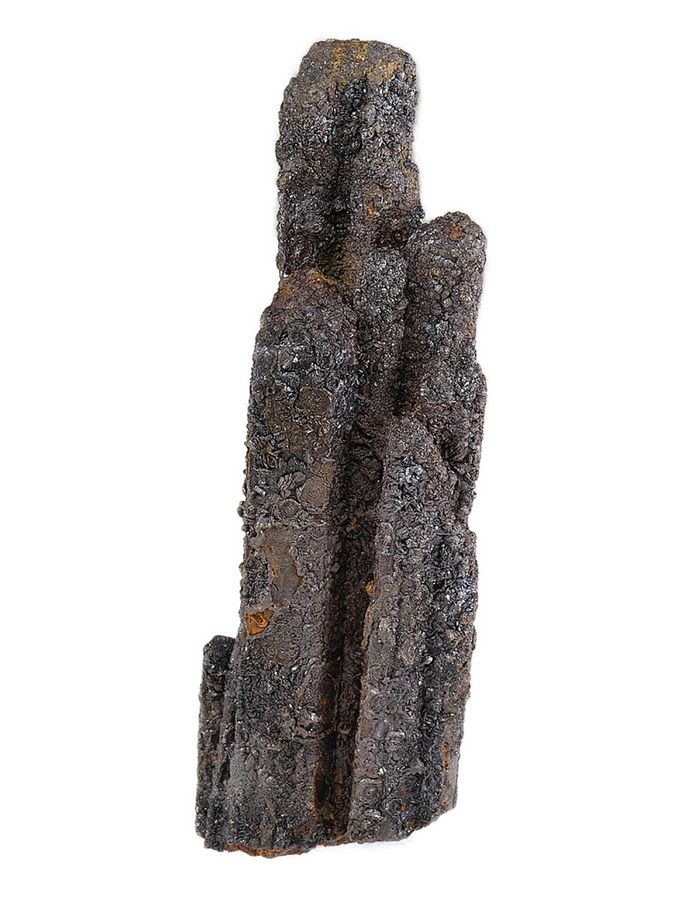
|
|
|
| Back to top |
|
 |
Tobi
Site Admin
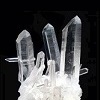
Joined: 07 Apr 2009
Posts: 4248
Location: Germany



|
 Posted: Sep 28, 2021 08:30 Post subject: Re: Collection of David Carter Posted: Sep 28, 2021 08:30 Post subject: Re: Collection of David Carter |
|
|
Hi David,
I really appreciate how you always add some scientific and historical information to your minerals!
Great work, I hope for more!
Regards
Tobi
|
|
| Back to top |
|
 |
|





